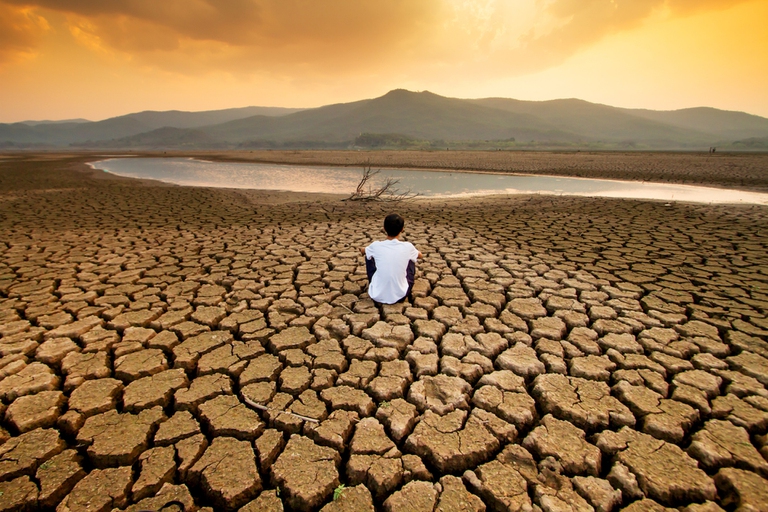https://www.lifegate.it/giornata-mondiale-alimentazione-2023-aridocoltura
- |
- On 16 October, World Food Day 2023 highlights the need to preserve the planet's water resources.
- With agriculture consuming 72 percent of the world's drinking water, we need to produce food as well as less water.
- One answer comes from aridoculture, a cultivation method based on good soil management practices.
The October 16th is celebrated World Food Day:the theme chosen for 2023, “Water is life, water nourishes us.Don't leave anyone behind", wants to draw attention to the need to protect the water resources of the planet on which life on Earth depends.These are increasingly put into crisis, in fact, by rapid demographic growth, by urbanization, come on climate changes, from pollution, from bad management.

According to data reported by the FAO, in recent decades the resources of drinking water per capita have decreased by 20 percent and today 2.4 billion people they live in Countries subject to water stress, but forecasts estimate that by 2050 the global water demand will increase by 35 percent.
World Food Day 2023:preserving water starting from agriculture
It is theagriculture the sector most responsible for global water consumption, 72 percent compared to 16 percent for industry and 12 percent for municipalities for homes and services.95 percent of the food we consume comes from the fields, but faced with the need to preserve resources and adapt to ongoing climate changes - since 2000 the floods increased by 134 percent, while the number and duration of drought of 29 percent – we need to find a way to grow food using less water and ensuring at the same time that this is distributed equitably;the competition foraccess to water resources, in fact, it is increasingly the cause of armed conflicts.

Dry farming:how to grow with little water, taking care of the soil
The answers to all this are many and different, ranging for example from technological solutions such as precision irrigation a virtuous management practices soil.Regarding the latter, thearid farming it is the demonstration of how it can be grown in areas with minimal rainfall and poor availability of irrigation. Arid farming is mainly based on soil processing techniques that increase its capacity retain water deeply creating water reserves and avoiding dispersion.These are natural practices such as, for example,plowing, the weeding, the mulching, which reduce the growth of weeds that steal water from crops, avoid water evaporation and oxygenate the soil.Arid farming is particularly suitable for crops such as vine, olive tree, cereals (especially wheat and barley), legumes (in particular broad beans, chickpeas, lentils and peas), potatoes, onion and garlic, pistachios and hazelnuts, tomato.
Where arid farming is practiced
Concrete examples of this practice can be found on the island of Lanzarote, in Spain, where enarenado is practiced, the method of cultivating the land under a blanket of sand so as to prevent the evaporation of humidity;in Senegal, where the project Fruiting the deserts he grew a food forest in the desert sand thanks to the use of fertilizing trees that nourish the soil and act as an umbrella for other plants, as well as thermocomposting techniques to avoid evaporation;on the island of Pantelleria, in Sicily, where vines are grown as saplings, exploiting the humidity and dew of the lava soil and rainwater;also in Sicily, the Valledolmo cooperative grows the Siccagno tomato without water, taking advantage of the characteristics of the land, while the Karadrà cooperative in Puglia it grows Aradeo tomato, legumes, wheat, figs through crop rotation, resting the fields and working the soil to exploit the water and humidity present.
But the idea behind arid farming is also starting to interest the northern Italy in the process of adaptation to the changed climate scenario:just to mention one case, last spring, on the occasion of the 16th edition of the Monferrato hazelnut festival we discussed "thinking according to dry farming strategies, exactly as happens in the regions of Southern Italy to manage climate change".
